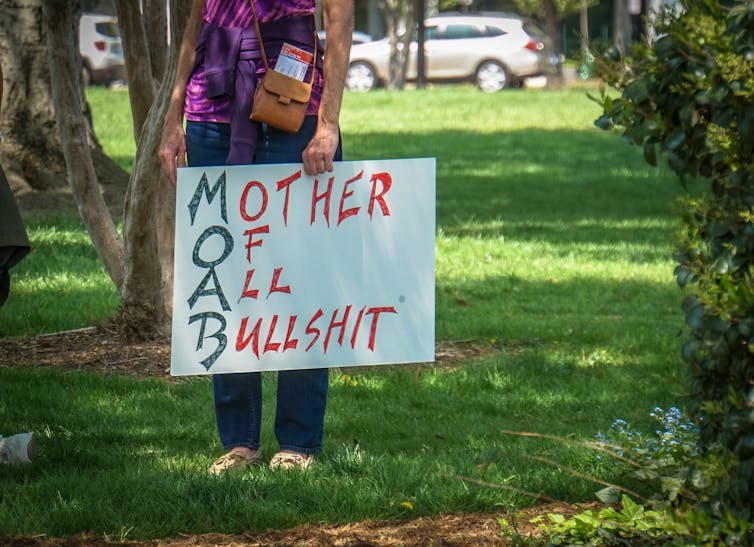 |
| 'Avengers: Infinity War' - Chinese poster (via therealstanlee.com) |
"The new Disney and Marvel's superhero movie "Avengers: Infinity War" hit the Chinese mainland on May 11. Previously, it raked in US$100 million worldwide in a record 11 days. Despite such success, the movie's popularity in China and the public frenzy for a debut ticket still staggered me.
Sun Wanlu, a china.org.cn reporter, bought her ticket one week in advance, but even then she was only able to get one for the midnight showtime.
Statistics show that the Chinese movie market has been the world's second largest since 2012. In 2017, its total gross reached 55.91 billion yuan, roughly equivalent to US$8.8 billion, or 77.63 percent of the North American market.
China's movie market has undergone enormous transformations in the past years. Decades ago, people had to bring stools from home to watch movies projected onto a screen in the open air. In remote villages, the only opportunity to watch a movie was during an important festival.
After the start of reform and opening up in 1978, especially in the 1980s, Chinese people began going to the cinema more frequently. However, cinemas at that time were minimally available and poorly equipped.
Profound changes have taken place in China's movie industry thereafter. Particularly since its entry into the WTO, China has continually increased its openness, and thus imported more top-billing foreign movies. From "Pearl Harbor" to "The Lord of the Rings" and "Finding Nemo," a large number of European and U.S. blockbusters have brought aesthetic pleasure to Chinese audiences.
Meanwhile, China has also stepped up the reform of its cultural industry, allowing non-government capital to enter the sectors of movie production, release and screening. Nowadays, many modern cinemas have been built in busy business districts full of restaurants and shopping malls. The number of movie screens in China has approached 50,000, and you can find digital cinemas even in rural areas. Also, the yield and quality of domestic movies have improved rapidly. From the Oscar-nominated "Hero" to "Wolf Warrior 2," which achieved total ticket sales of 5.6 billion yuan (US$884.2 million), domestically-produced movies have shared the spotlight on the global stage.
With fast economic growth and the increase of personal income, the Chinese people have developed higher consumption demands. Watching movies has become a popular form of entertainment. Forty years have passed since the introduction of the reform and opening up policy, and the booming development of Chinese movie industry is just one of the achievements China has made in four decades."
A News Report By China.org.cn On The Chinese Movie Market - The Video:
SOURCE: China.org.cn
- Marvel Studios' Avengers: Infinity War Makes Hollywood History As First Film Shot Entirely With IMAX Cameras; Grosses $41.5 Million For Record Global Launch In IMAX Theatres
- Marvel Studios' "AVENGERS: INFINITY WAR" Goes Beyond The Screen In First-Ever Moviebill Edition Available Nationwide Only At Regal Cinemas





































